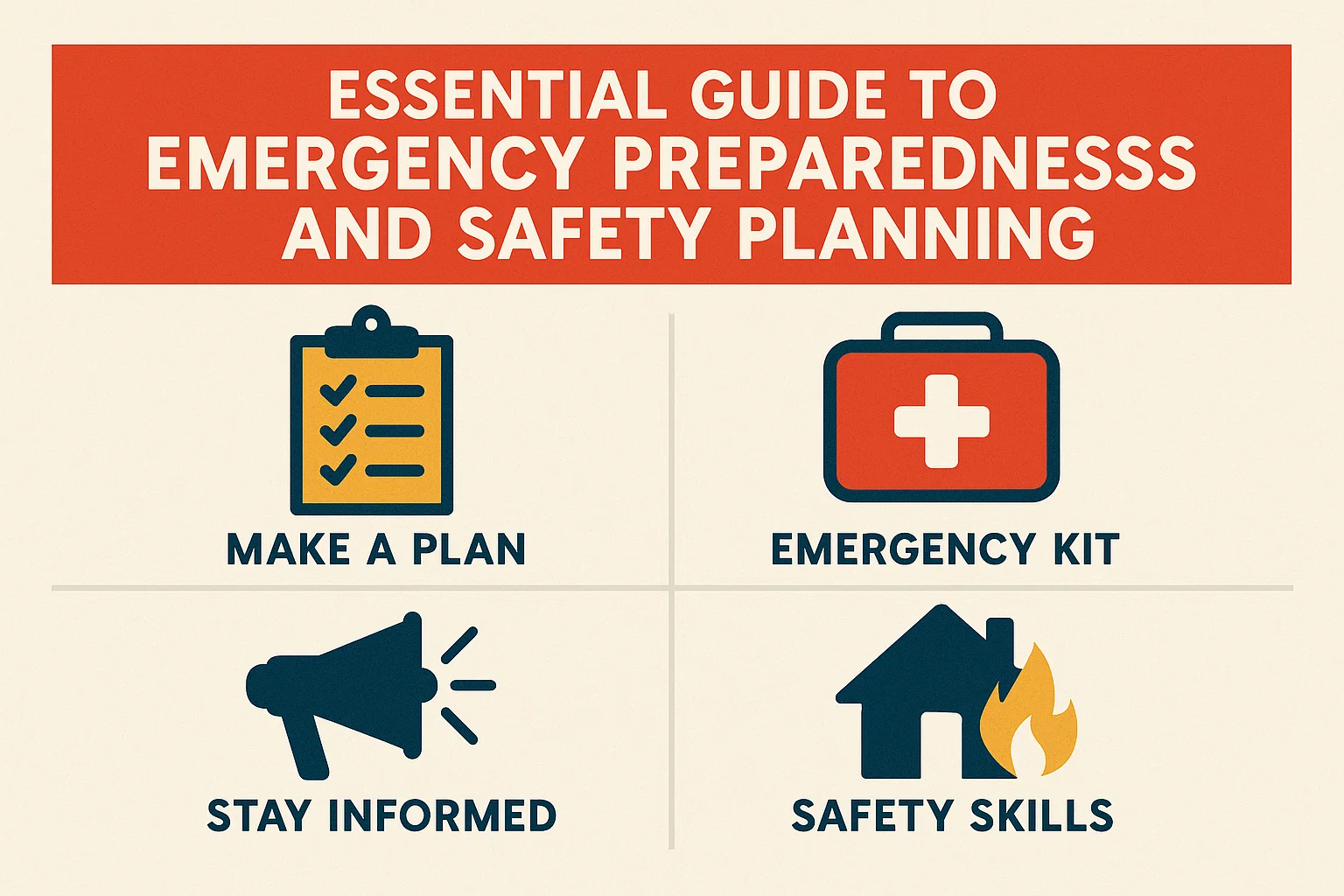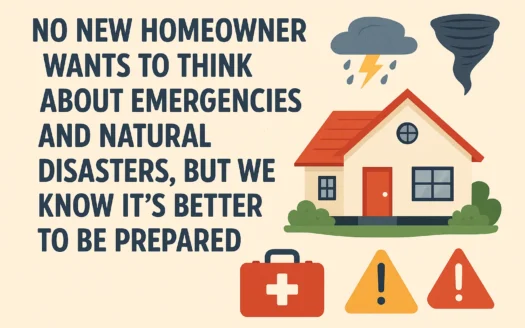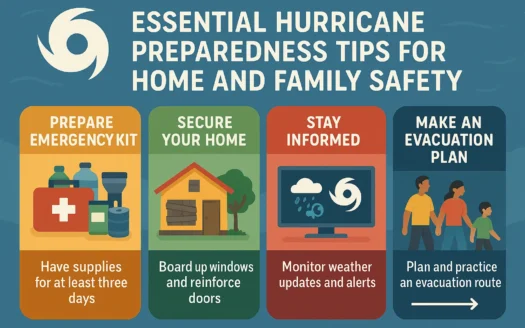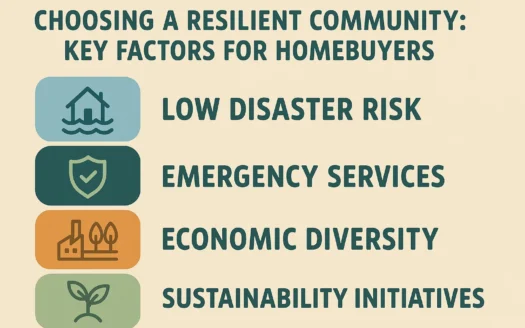Essential Guide to Emergency Preparedness and Safety Planning
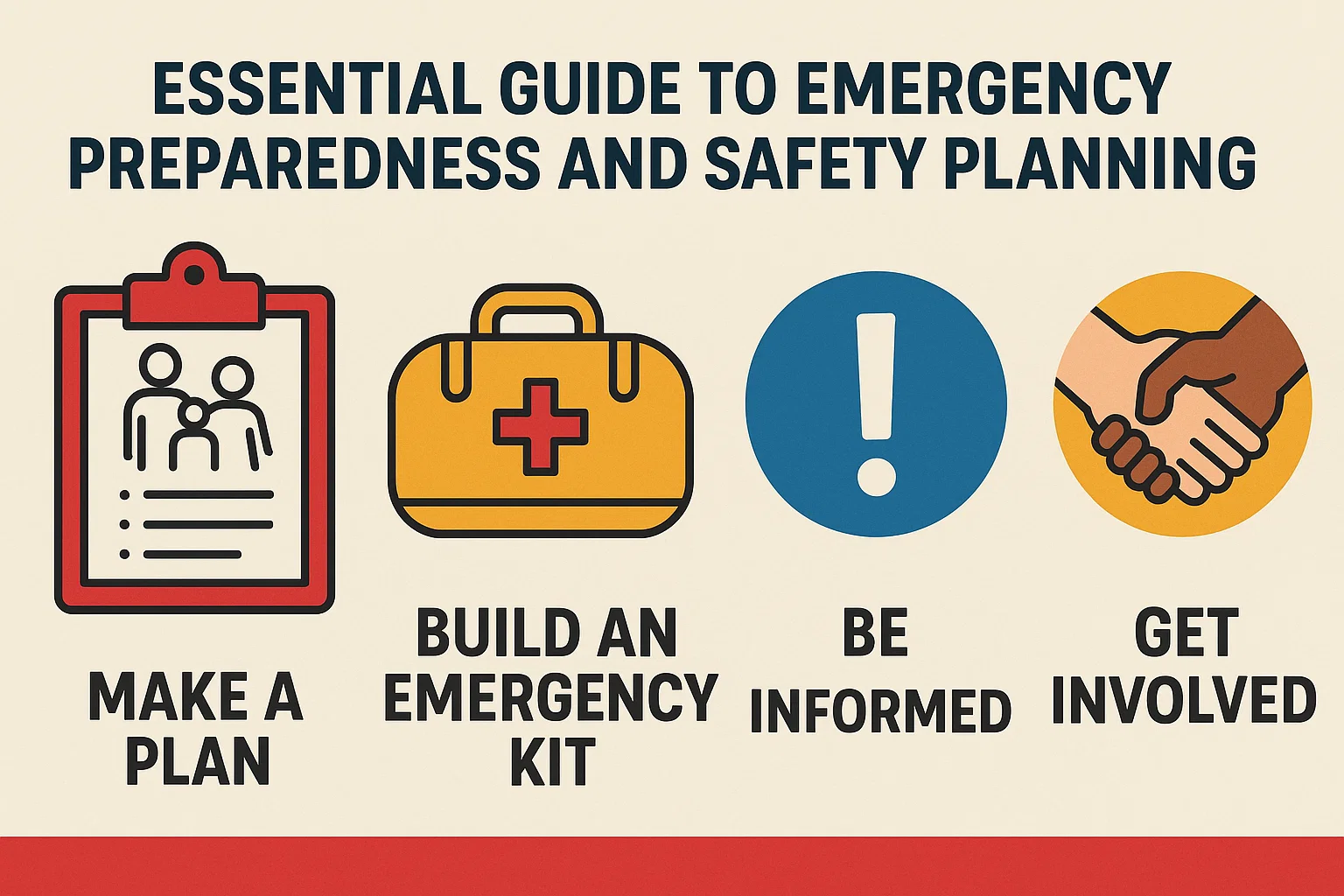
Essential Guide to Emergency Preparedness and Safety Planning
Every September marks a critical opportunity to prioritize safety through National Preparedness Month. With natural disasters becoming increasingly frequent, evaluating your readiness is essential. Ask yourself: Do you have an emergency supply kit? Does your family have a clear evacuation plan?
Building a Robust Preparedness Strategy
Federal initiatives emphasize the importance of three core actions: assembling an emergency kit, designing a family communication plan, and understanding local risks. Proactive planning ensures greater confidence and control during crises.
Key Components of an Emergency Supply Kit
Store a full-size emergency kit in an accessible home location, along with smaller versions in vehicles and workplaces. Essential items include:
- Water: One gallon per person daily (3-day supply)
- Non-perishable food: 3-day minimum supply
- Lighting & communication: Flashlight, batteries, whistle
- Safety tools: First aid kit, wrench/pliers, fire extinguisher
- Shelter supplies: Dust masks, plastic sheeting, duct tape
- Sanitation: Moist towelettes, garbage bags, ties
- Special needs: Medications, infant formula, pet supplies
- Documents: Insurance policies, ID copies, local maps
- Comfort items: Blankets, clothing, games for children
Proactive Measures for Crisis Management
Develop a household evacuation strategy that includes meeting points and communication methods. Stay informed about regional risks like floods, wildfires, or storms, and practice responses regularly.
Stay Vigilant, Stay Safe
While complete predictability is impossible, preparation significantly improves crisis outcomes. Review and refresh supplies biannually, ensure all family members understand their roles, and remain aware of evolving environmental risks.
